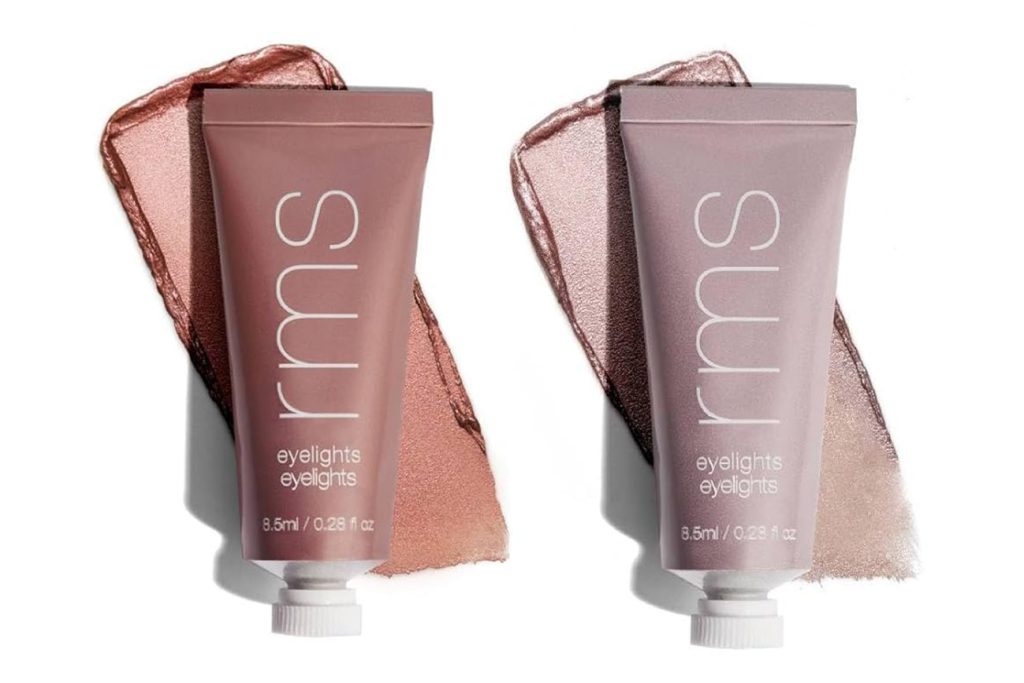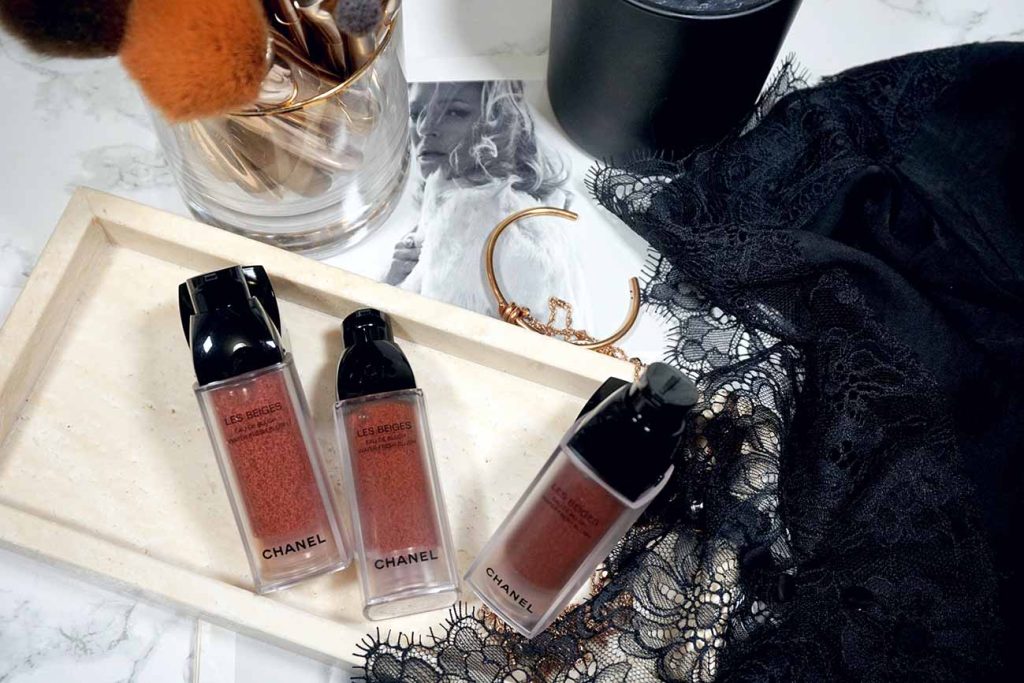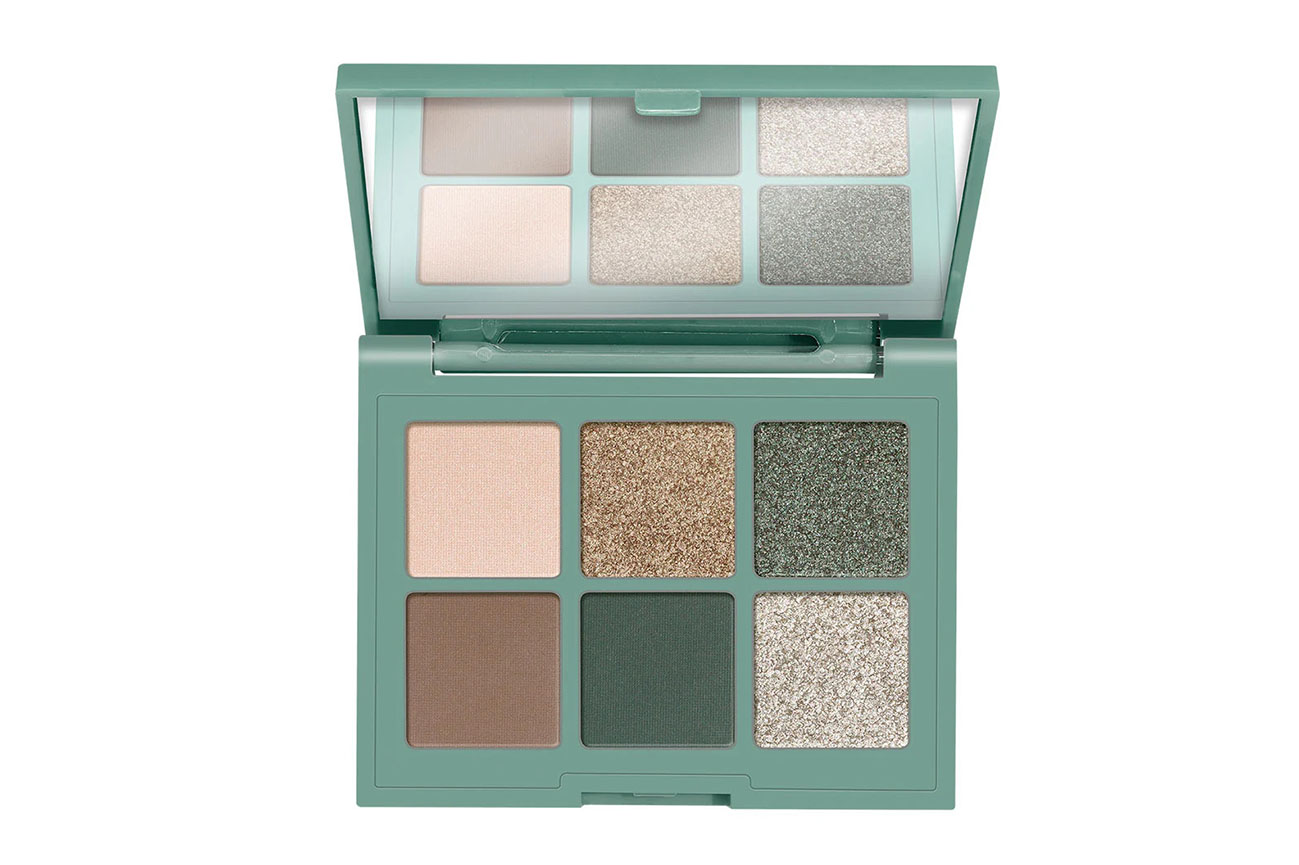Single eyeshadow looks are having a major comeback—but not in the flat, rushed, one-swipe-and-go kind of way. This new wave is all about elevated simplicity, the kind that makes you look polished, modern, and just the right amount of effortless. The best part? You only need one color—but you need to make it work overtime.
So how do you wear a solo shade without it looking one-dimensional or, worse, like you didn’t finish your makeup? The answer lies in depth, texture, and technique. Let’s break it down.
First: Why Go Monochrome?
Before we dive into the how, let’s talk about the why. A single-shadow look has some serious benefits:
It’s fast.
It’s chic.
It doesn’t scream, “I spent 30 minutes blending six shades.”
It looks clean, cool, and intentional.
Whether you’re heading to a coffee date, a gallery opening, or a Monday meeting, a single-eyeshadow moment can do all the heavy lifting—if you know how to bring out its full potential.
Step One: Choose the Right Shade
The key is to find a shade that naturally complements your skin tone but still pops. Think earthy mattes, burnished metallics, or soft shimmers. The shade needs to do more than just sit there—it should catch light, define shape, and bring warmth (or coolness) where you need it.
Some all-star picks:
MAC “Sable” – a rich plum-bronze that works on almost every skin tone and offers a satin finish.
NARS “Fez” – a velvety, warm brown with a metallic sheen that builds beautifully.
Glossier Monochromes in “Almond” – a soft matte brown that looks like your skin, just better.
Victoria Beckham Beauty Lid Lustre in “Tea Rose” – shimmery, romantic, and perfectly buildable for drama or restraint.
RMS Beauty Eyelights in “Halo” – a cool champagne cream with a natural sheen, ideal for a fresh, dewy look.

The rule of thumb? Pick a tone that’s either slightly warmer or slightly cooler than your natural undertones to create subtle contrast.
Step Two: Texture Is Everything
Here’s a little-known secret: a single color can look like three, if you know how to play with texture.
Layering techniques can give your solo shade depth. Try starting with a matte base to define the eye socket and then gently tap a shimmer on the center of the lid or inner corner.
For example:
Use Laura Mercier Caviar Stick in “Au Naturel” as a creamy matte base.
Tap Hourglass Scattered Light in “Ray” just on the center lid for sparkle without overpowering the base color.
Cream-powder hybrids are also fantastic for this. They blend like a dream and let you build dimension even with one shade.
Step Three: Work That Shape
A monochrome eye doesn’t mean monochrome technique.
Here’s how to create built-in depth using just one shade:
Lid – Apply with your finger or a flat brush for maximum payoff. Pat the pigment on, don’t just swipe.
Crease – Use a fluffy brush to blend the same shade upward and outward into the crease. The pressure and density of the brush will sheer it out slightly, creating a built-in gradient.
Lower lash line – With a smaller, denser brush, smudge the same shadow along the bottom lash line. This ties the whole look together and adds that sultry, editorial feel.
Outer corner – With the leftover product on your brush, deepen the outer third of the lid. This naturally sculpts the eye, giving it more shape without adding another color.
This “layering by pressure” method gives you a natural ombré effect without needing a second or third eyeshadow.
Step Four: Light Placement = Instant Lift
Even a matte monochrome eye can look luminous if you strategically place light.
Here’s how:
Add a tiny bit of highlighter to the inner corner of your eyes or just under the brow bone.
Use something subtle and skin-toned, like Rare Beauty Positive Light Silky Touch Highlighter in “Enlighten” or Rituel de Fille’s The Alchemist Highlight Intensifier.
This isn’t about glitter—it’s about giving your monochrome look a focal point, a bit of lift, and a subtle nod to dimension.
Step Five: Let the Rest of the Face Support the Look
When your eyes are subtle, the rest of your makeup should complement the tone, not compete with it.
If you’re wearing a warm bronze eye, go for a peachy blush (like Chanel Les Beiges Water-Fresh Blush in “Warm Pink”) and a soft coral lip (think Lisa Eldridge Lip Velvet in “Blush Lightly”).

If you’re in the cool mauve range, opt for a neutral rose blush and a berry-stained lip.
The point? Build harmony—not matchy-matchy monotony, but tonal cohesion that gives your whole look a vibe.
Bonus Tip: Monochrome ≠ Boring
Monochrome doesn’t mean safe or basic—it’s actually a minimalist power move. It says, I know how to edit. I don’t need 12 shades to make a statement. And if you lean into the technique, it can be as versatile as a smoky eye or a full glam look.
Want to elevate it even further?
Try a glossy topcoat for editorial sheen. Products like Danessa Myricks Colorfix Glaze can turn a matte eye into a dewy statement in seconds.
Want a slightly wet look without stickiness? Tap a bit of Kosas 10-Second Eye Gel-Water Eyeshadow in a matching shade over your base.
Wearing just one eyeshadow shade isn’t lazy—it’s intentional minimalism done right. It’s about choosing simplicity without sacrificing sophistication. When applied with care, the right brush technique, and smart placement, a single color can unfold into a full visual story. You get depth, softness, structure, and even a little mystery—all without the clutter of multiple shades fighting for attention. One shade gives you the freedom to focus on form, light, and movement.
So the next time you’re reaching for a palette, pause. Instead of building your look with five colors, challenge yourself to create layers with just one. Let it breathe, blend it thoughtfully, and allow the color to evolve across your lid like a mood.
Because true artistry isn’t excess—it’s nuance.
One color. Endless dimension.



